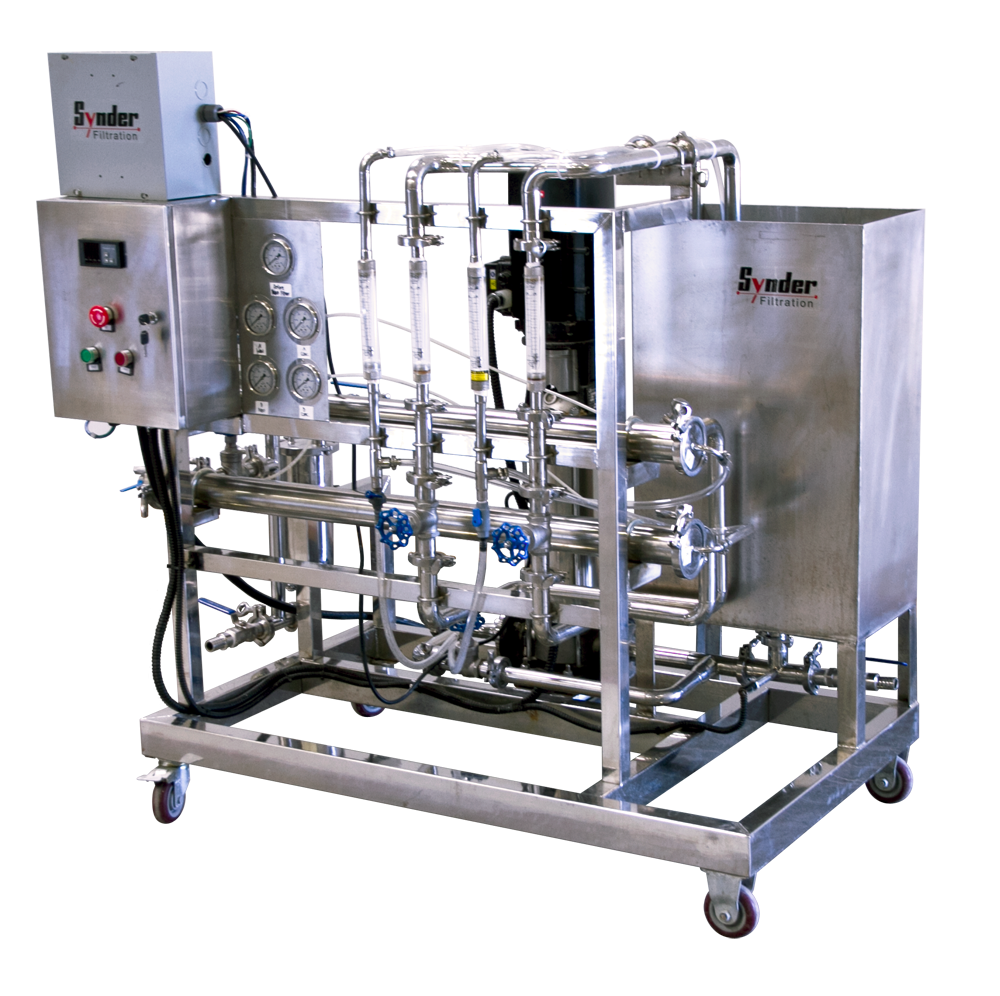
Ultrafiltration and Nanofiltration membranes are used in a wide range of applications and industries to separate unwanted dissolved compounds from water, wastewater, and other liquids. But, in order for a membrane to efficiently perform a desired separation, an appropriate molecular weight cut-off (MWCO) must be selected. Molecular weight is generally most accurate when selecting an Ultrafiltration membrane; it is more of a guide or approximation when working with Nanofiltration.
What is Molecular Weight Cut-Off (MWCO)?
Molecular weight cut-off (MWCO) can be defined as a nominal rating given to membranes based on the lowest molecular weight (measured in Daltons or Kilodaltons) at which they are able to retain more than 90% of a solute with a known molecular weight.
For example, a membrane with a molecular weight cut-off of 1,000 Daltons can in theory remove >90% of dissolved solids with molecular weights of 1,000 Daltons or greater.
As a rule of thumb, it is generally recommended that a membrane be selected with an MWCO of at least three times smaller than the molecular weight of the solute being filtered. When proteins are being targeted, an MWCO three to six times smaller than the molecular weight of the targeted solute is recommended. Opt for a membrane with a lower MWCO (for example, six times smaller than the targeted solute) when retention is the top priority. When the flow rate is more of a priority, opt for a membrane with a larger MWCO (for example, three times smaller than the targeted solute). There are many factors that affect the efficiency of a membrane separation process including temperatures, flows, pH, and other known and unknown variables.
Things to Consider When Selecting a Membrane
As there are several different factors that can affect the retention capabilities of a membrane, molecular weight only serves as a general guide. Consequently, there are several other factors to consider when selecting an membrane with the most suitable MWCO for a specific application, including:
- The shape of the molecules being targeted — linear molecules will pass through the membrane pores more readily than globular molecules.
- Sample concentration — sample concentrations of less than 1 mg/mL will pass through more readily than sample concentrations >10 mg/mL. Sample concentrations can also be increased by the presence of other molecules.
- Chemical compatibility — Membranes must be compatible with the feed solution to avoid swelling or degradation, which can affect the membrane’s ability to perform.
- Operating temperature — lower temperatures can decrease the passage of molecules through a membrane compared to warmer temperatures (4 ºC vs 24 ºC).
Because there is currently no industry standard for determining the MWCO of membranes, manufacturers may use dextran, polyethylene glycol, or proteins of various molecular weights to rate the MWCO of their membranes. It is, therefore, advisable to conduct performance experiments to test whether the selected membrane is suitable for a specific application.



![Join Sterlitech at BIO 2024 [Booth #5558]: Exploring the Future of Biotechnology](https://www.sterlitech.com/media/magefan_blog/b4.jpeg)

